In the News
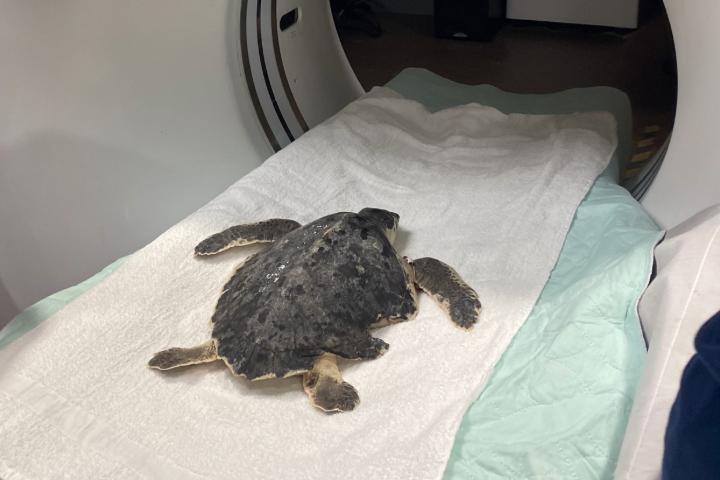
December 02, 2025
This past spring, I had the opportunity to travel to Gulfport, Mississippi, where I served as a veterinary student extern at the Mississippi Aquarium. It was my first time working at an aquarium, and I loved it....
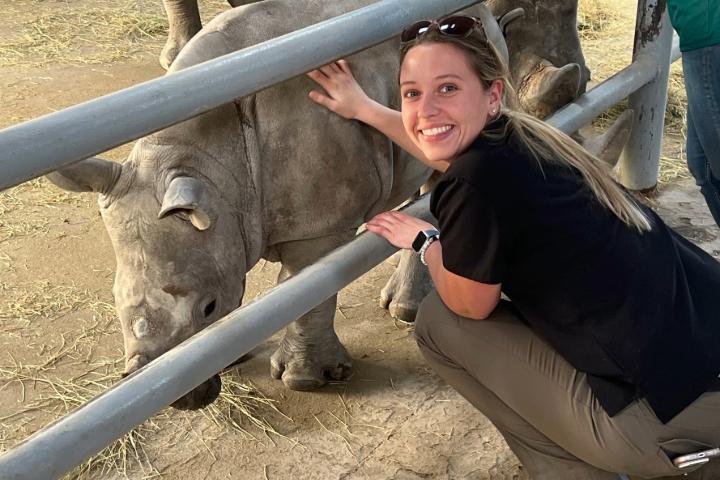
October 29, 2025
With aspirations of working as a veterinarian in a safari park, I approached the externship with the goal of gaining hands-on experience in field anesthesia and procedures performed under semi-free-ranging conditions....
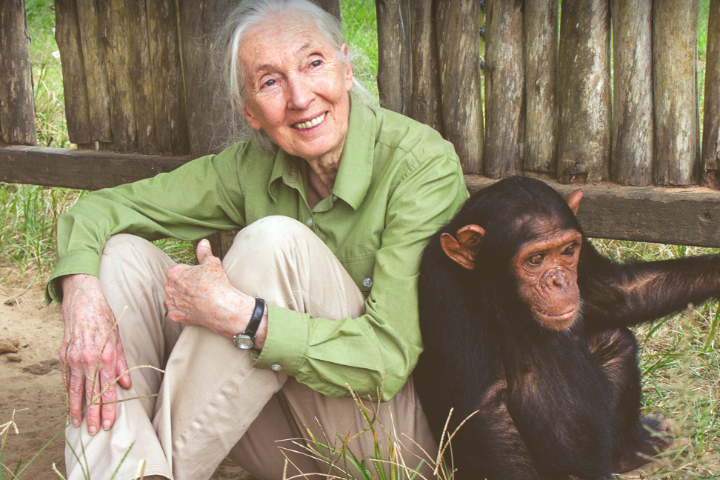
October 24, 2025
Cornell's Robin Radcliffe honors the pioneering researcher and former A.D. White Professor, who passed away in early October....
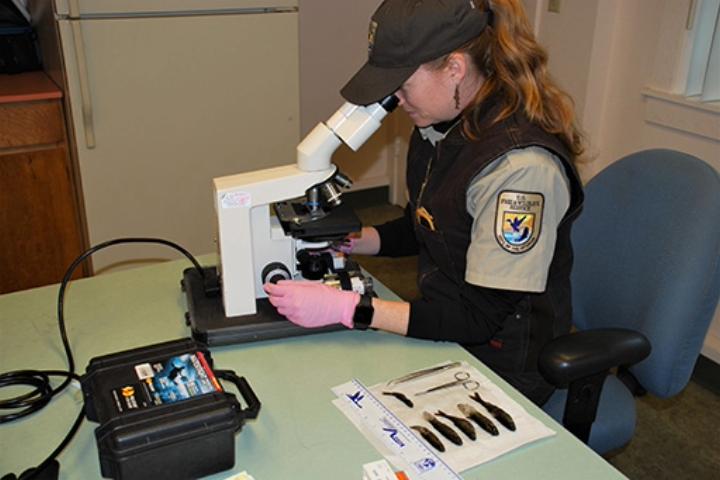
Blog
October 07, 2025
What Christine Parker-Graham, DVM, CertAqV, DACZM enjoys most about the field of veterinary medicine is the “unending potential that a DVM affords you." Parker-Graham is a graduate of UC Davis and completed a zoo, wildlife, and exotic medicine internship at Cornell...
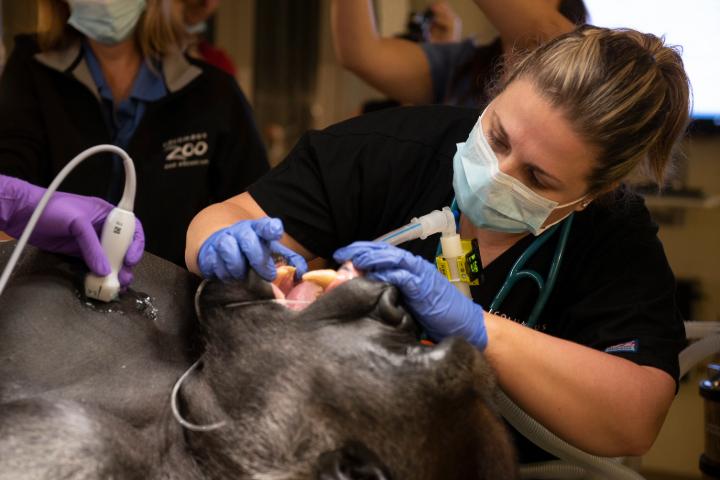
News
August 18, 2025
Katie Seeley ’07, DVM ’11, PhD, DACZM knew from a young age that she wanted to be a veterinarian....
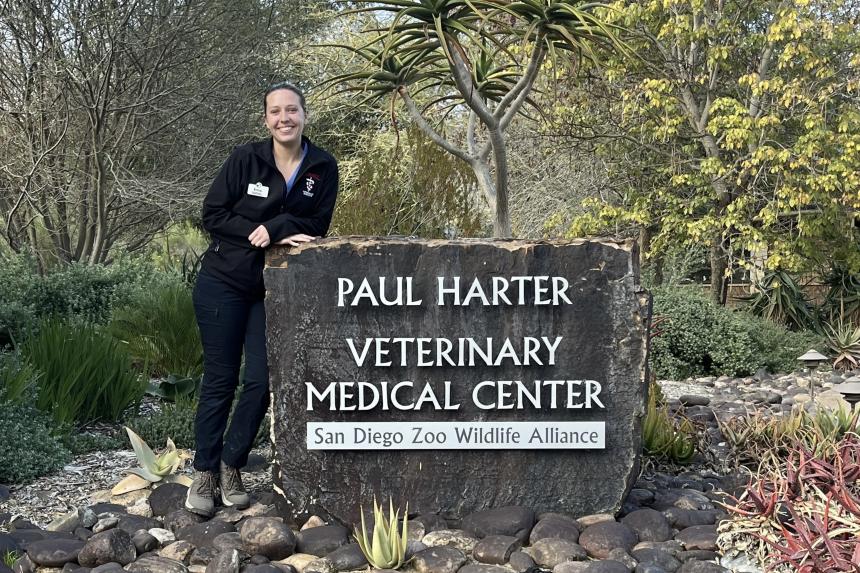
August 05, 2025
During the winter of 2025, I had the pleasure of completing a six-week clinical externship at the San Diego Zoo Safari Park in Escondido, California. The Safari Park is an 1,800-acre facility, home to more than 3,000 animals representing over 300 species....
News
June 25, 2025
Dr. Jessica Siegal-Willott ‘97, DVM ‘02, credits her training at Cornell University’s College of Veterinary Medicine with laying a strong foundation for her career, which spans clinical practice, conservation, and public service....
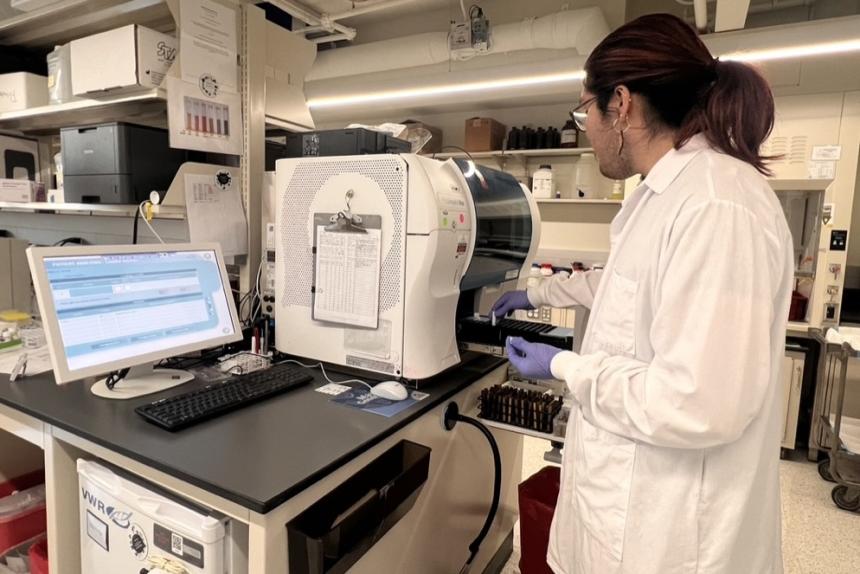
June 18, 2025
As a veterinary student interested in specializing in zoological medicine, I had the privilege of conducting research focused on investigating the effects of hetastarch on coagulation in Asian elephants...

Announcement
June 11, 2025
We are pleased to announce that our 2025-2026 call for Cornell K. Lisa Yang Postdoctoral Fellowships in Wildlife Health is now out! Applications due October 6, 2025.
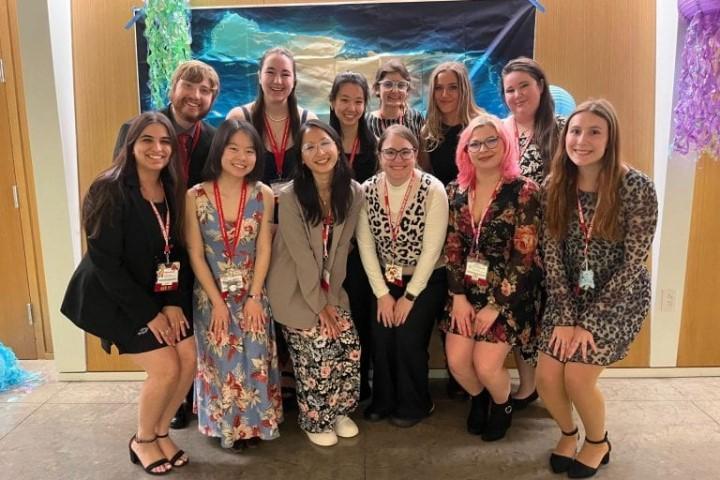
June 04, 2025
The Special Species Symposium, hosted by the Cornell Zoo and Wildlife Society, united passionate individuals to dive into the world of zoo, wildlife, exotic, and conservation medicine.
